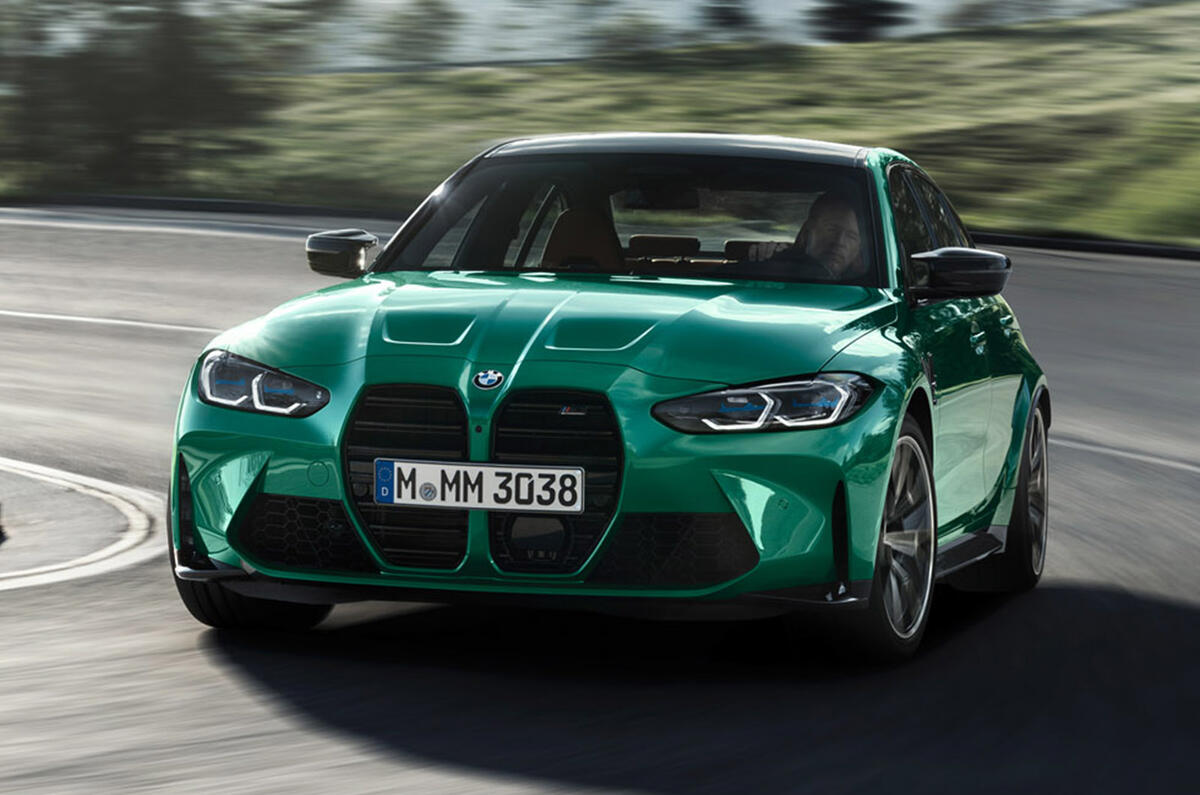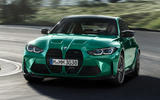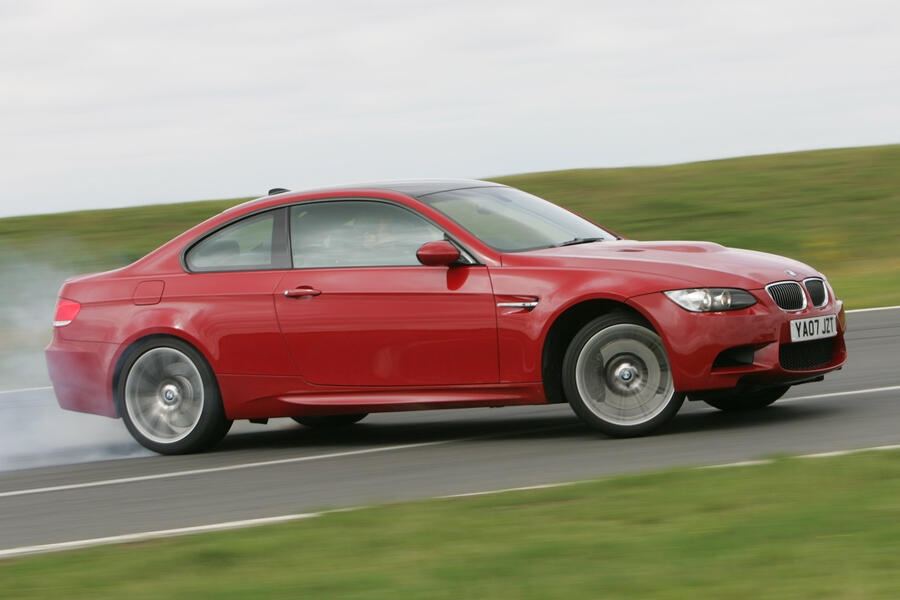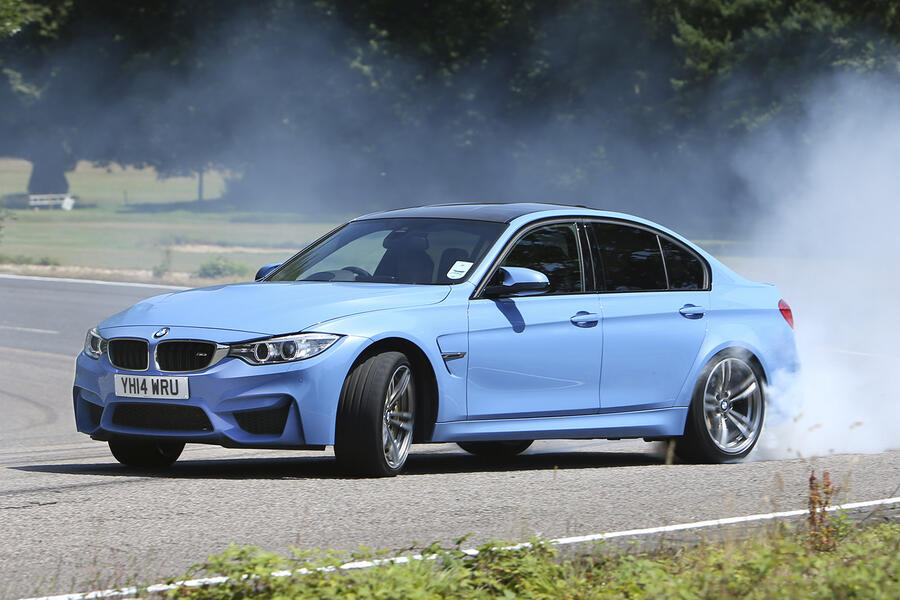The radically redesigned BMW M3 and BMW M4 have gone on sale in top-rung Competition form in the UK, with prices starting from £74,755 and £76,055 respectively.
Set to begin arriving with customers in March, the new performance models offer up to 503bhp from a six-cylinder engine and, for the first time, an optional fully variable M xDrive four-wheel drive system.
The M4 xDrive coupé and its BMW M3 xDrive saloon sibling are planned to follow the initial rear-wheel-drive models into showrooms next summer.
Along with the saloon and coupé, BMW is also developing the first ever BMW M3 Touring estate, as well as a follow-up to the BMW M4 Cabriolet and a new M4 Gran Coupé four-door in an expanded line-up that’s also set to include even more powerful, track-focused CS derivatives later down the line.
Radical design changes
High visual impact is a key criterion to the styling of the M3 and M4, both of which are heavily differentiated from the lesser BMW M340i xDrive and BMW M440i xDrive models they’re respectively positioned above.
Ending a 35-year tradition, the models receive their own individual front-end styling, dominated by a large vertical grille that features seven double horizontal louvres and a mounting point for the front numberplate.

The new grille is similar in shape to that adorning the new BMW 4 Series but comprises two distinct elements, rather than being a single-frame design.
Further unique touches include a heavily structured front bumper, standard full-LED headlights, a bonnet that features two distinctive indents to accentuate the look of the grille, widened front wings and sills, air ducts within the front flanks and double-arm wing mirror housings.































































Join the debate
Add your comment
Can only assume BMW (and Audi and Mercedes) are trying to get people used to oversize, overweight barges so the upcoming weight increases of further electrification are less noticeable
But is it going to feel any better going on a diet?,if they had made what we used to call "light weight", different meaning entirely nowadays, but, what that meant was they put lighter glass in or no back seat, or thinner body panels, lighter wheels, to shave off 150kg, to go faster, yes, this car is a bit lardy, but it's faster, handles better, isn't anymore thirsty, buy what you like, your driving it, not them.
Historically there has been a similar(ish) grille from BMW. Personally I can understand the styling mayyybe if I think the the film "The League of Extraordinary Gentlemen" (2003) then I sort of get it I think. I'll have to see it in the flesh first as many cars tend to look a lot better in reality that the magazine pictures suggest.
p.s I know it's a bit of a stretch.